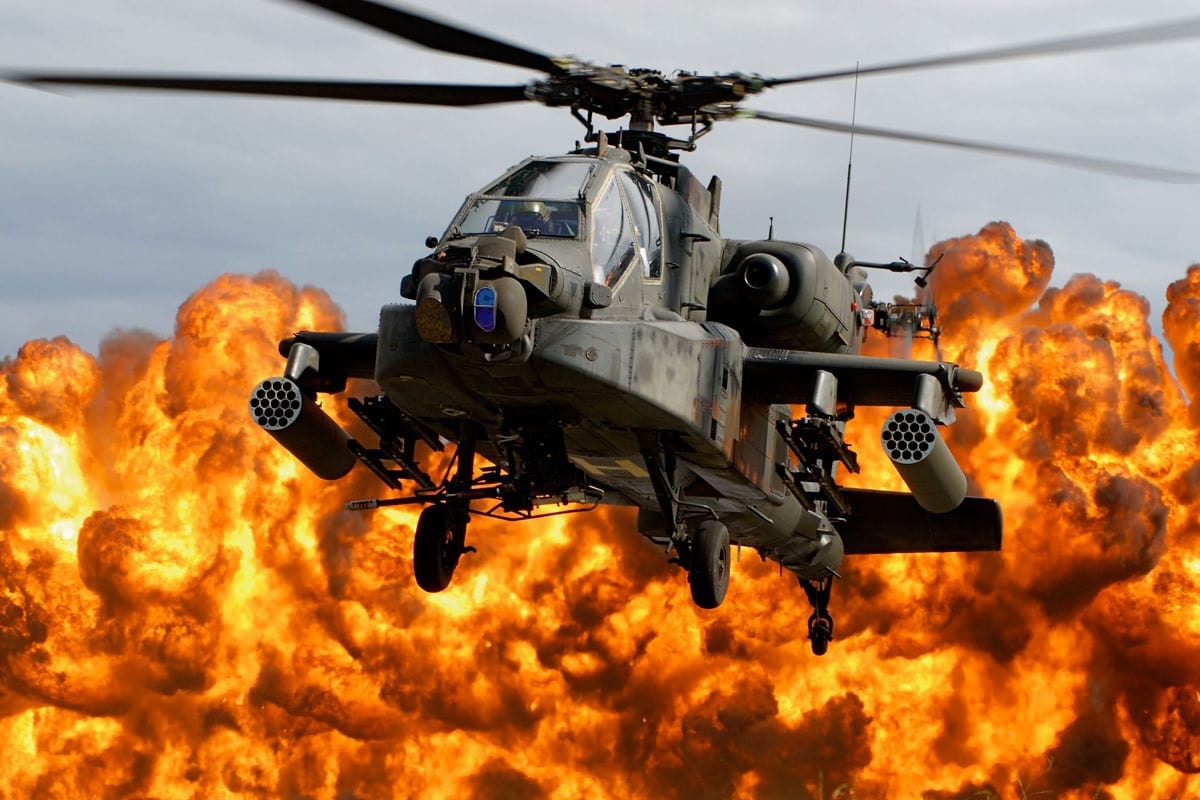
It dawned on me the other day that it’s been a little while since I last wrote a 5 Best/Top 5 list for 19FortyFive (or a 5 Worst list for that matter). It also dawned on me that whilst my previous “5 Best” articles have run the gamut of topics from surface warships to firearms to fixed-wing fighter jets, I have yet to offer any literary love to rotary-wing aircraft, i.e. helicopters AKA “whirlybirds” AKA “choppers” (cue Arnold Schwarzenegger: “Get to da choppa!”). With that in mind, for now, we shall narrow it down to attack helicopters i.e. helicopter gunships. To narrow it down further, we shall limit it to choppers that have been proven in combat.
AH-64 Apache
Originally built by Hughes Helicopters (now known as MD Helicopters) and currently manufactured by Boeing, the Apache made her maiden flight in September 1975 but didn’t actually enter into operational status with the U.S. Army until April 1986. She was worth the wait. The Apache received her “baptism of fire” during Operation Just Cause in Panama in December 1989 in a high-precision assault on the Comandancia building of Manuel Noriega’s Panamanian Defense Forces (PDF).
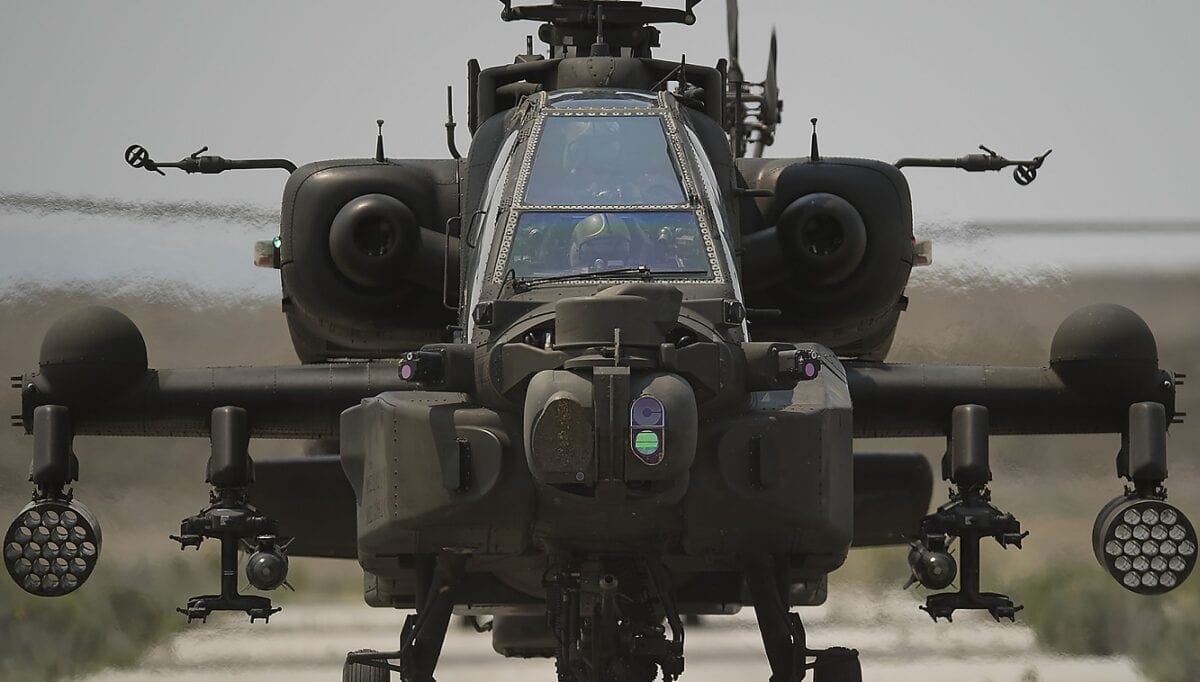
The second AH-64 Apache rolls onto the taxiway and to the takeoff pad.
The Idaho Army National Guard’s Orchard Combat Training Center was host to elements of the Republic of Singapore Air Force during July. Based in Arizona, The Singapore contingent operates eight AH-64 Apache Helicopters as part of the Peace Vanguard Task Force.The Apache is an attack helicopter with a tandem cockpit for a crew of two. It features a nose-mounted sensor for target acquisition and night vision systems. It is armed with a 30 mm M230 chain gun. It also features four hardpoints mounted on stub-wing pylons for carrying armament, typically a mixture of AGM-114 Hellfire missiles and Hydra 70 rocket pods. The Apache’s first flight took place in 1975 and was formally introduced into the U.S. Army in 1986.
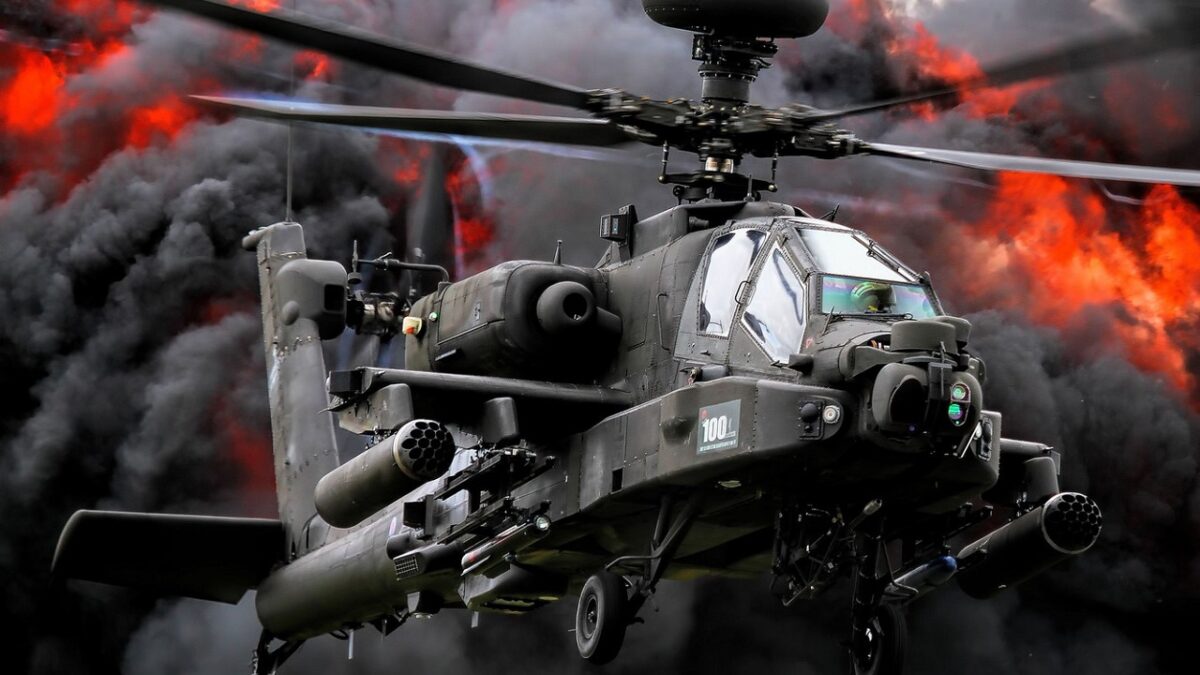
AH-64 helicopter. Image Credit: Creative Commons.
In her current iteration, the Apache packs quite a punch, to the tune of the M230 30mm chain gun, Hydra-70 and CRV7 70mm air-to-ground rockets, the AGM-114 Hellfire missile, and AIM-92 Stinger.
AH-1W Whiskey Cobra
The venomous snake known as the cobra has served as the namesake for several deadly flying machines, from the WWII P-39 Airacobra fighter plane and her P-63 Kingcobra successor … to the Cobra helicopter gunship.
The Cobras racked up their kill tallies via their three barrel, 20-millimeter cannon, TOW and Hellfire anti-tank missiles, 70- and 127-millimeter rockets, and Sidewinder air-to-air missiles.
Going forward, the USMC has found a worthy successor to the Whiskey Cobra in the form of the Bell AH-1Z “Viper” (not to be confused with the F-16V Viper).
Mi-24 “Hind”
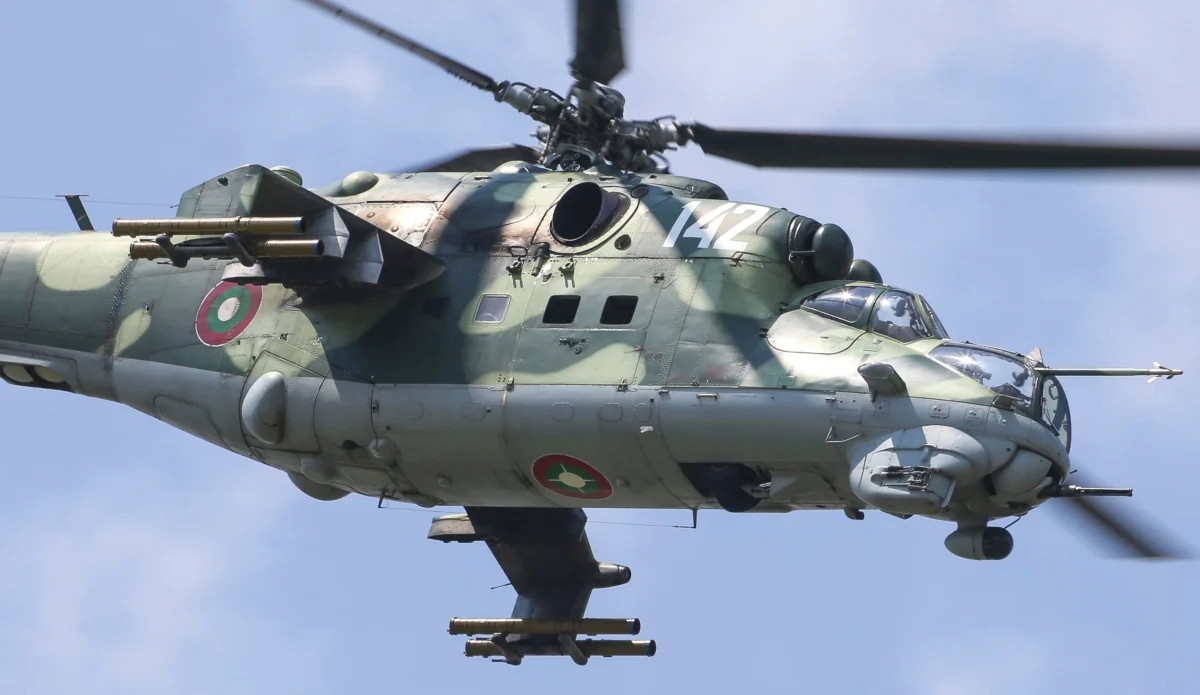
Mi-24 Helicopter.
Depending on the variant, a Yak-B four-barreled 12.7mm machine gun with a firing rate of 4,000-4,500 rounds a minute, a 30mm fixed gun mount, or a 23mm, built-in, flexibly mounted gun; the Mi-24P and Mi-24V have four underwing pylons for up to 12 anti-tank missiles such as the Shturm (NATO reporting name AT-6 Spiral).
Ka-52 “Alligator”
We Are the Mighty columnist Logan Nye – himself a former U.S. Army journalist and 82ndAirborne Division paratrooper – actually rates the Russian Alligator as the best attack helicopter in the world. His rationale: “Capable of operating at high altitude and speed, the two-seater Ka-52 snags the top spot from the usual winner, the Apache. The Alligator’s anti-ship missiles have better range than the Apache and the helicopter boasts similar armor and air-to-air capability.”
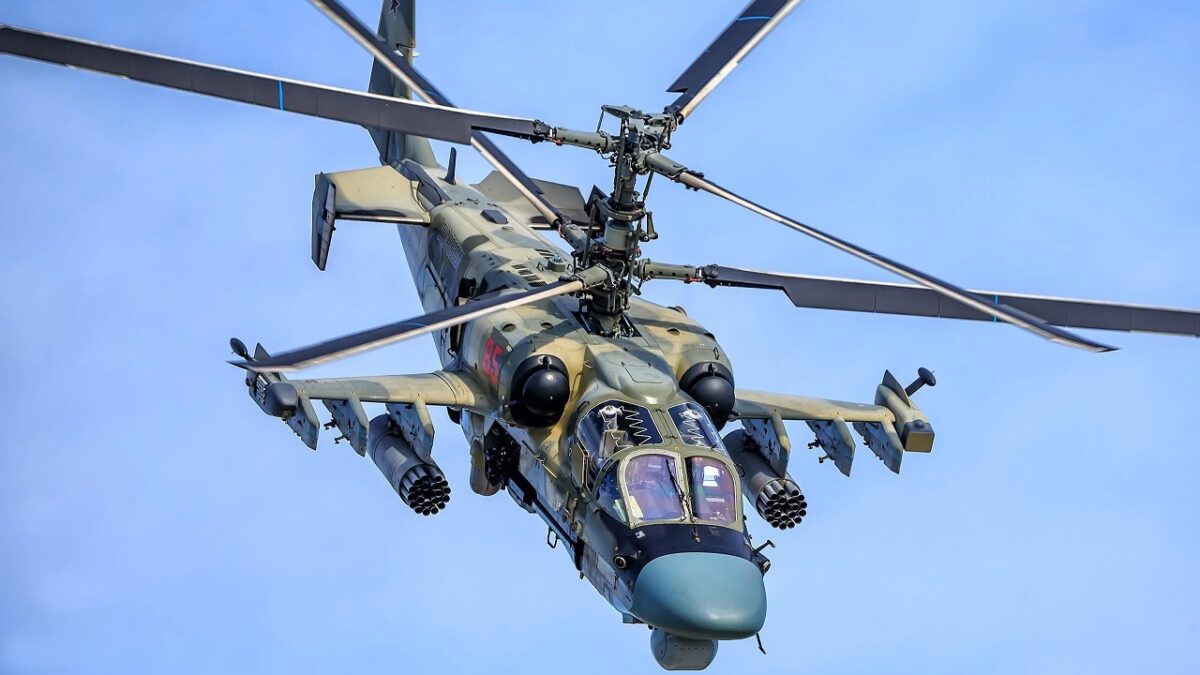
Ka-52 Alligator helicopter.
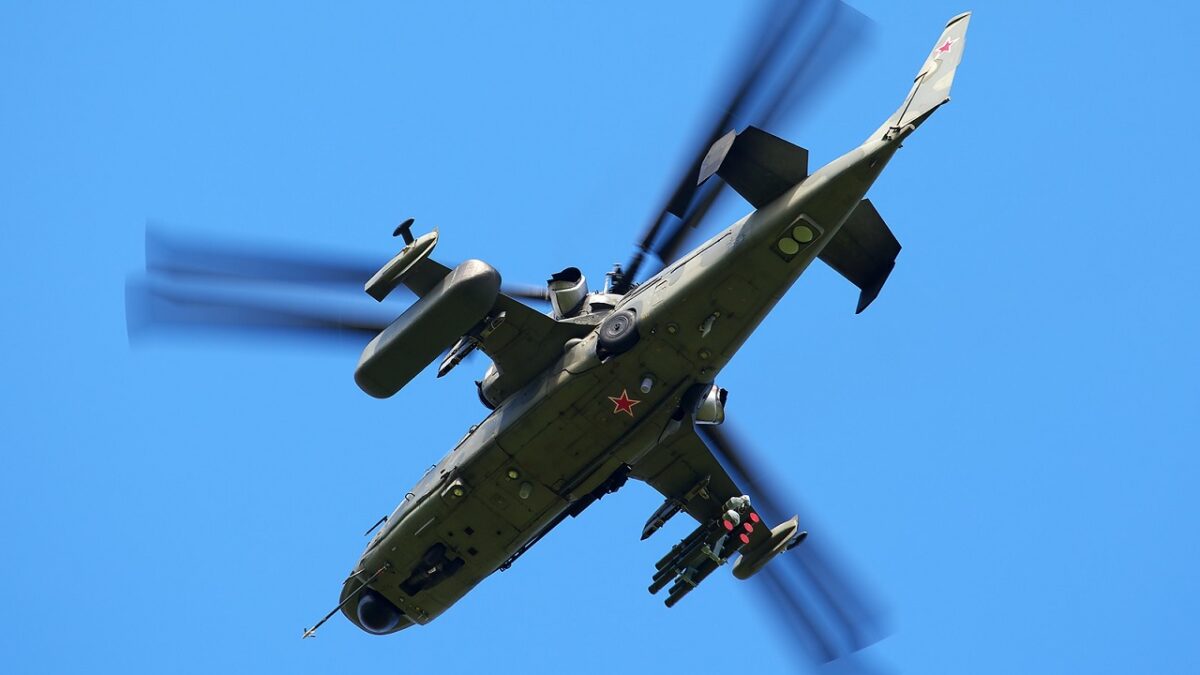
Kamov Ka-52, Russia – Air Force AN1676203.
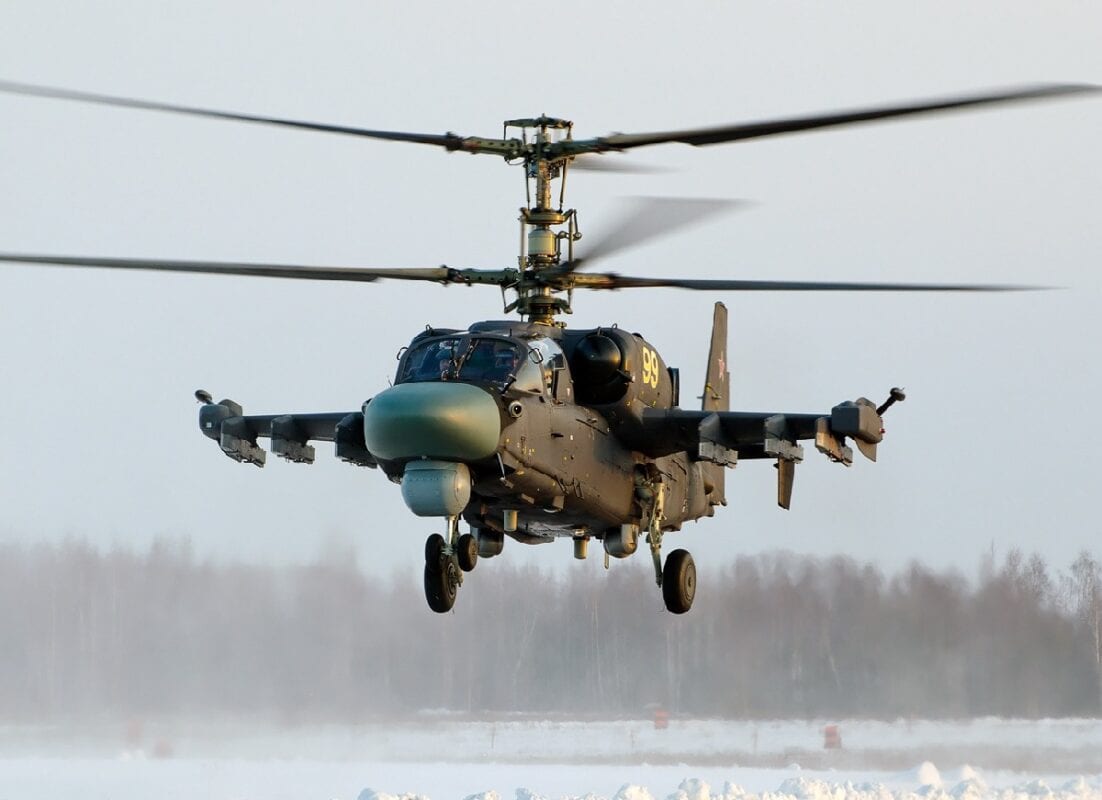
Mi-28 “Havoc”
It also has pods for 80mm unguided rockets, five 122mm rockets grenade launchers, 23mm guns, 12.7mm or 7.62mm machine guns, or bombs. It also has a 30mm cannon mounted under its nose.”